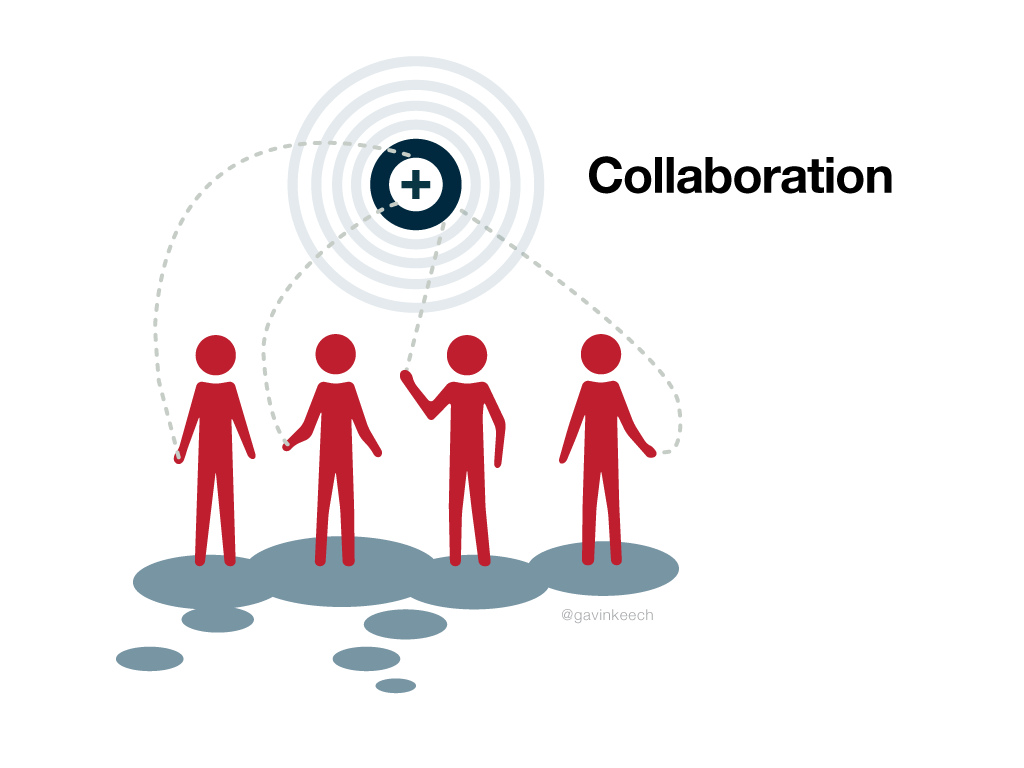
Collaboration by Venessa Miemis | CC BY 2.0
In a recent article titled “Driving Business Collaboration,” author Craig Daniel talks about how in this new digital age, collaboration is becoming a key factor in business success. Companies are more mobile and globally dispersed than ever. Having a strategy that connects companies on a daily basis allows for “informed decision-making and improves business processes.”
Referencing Jaclyn Kostner, Founder and CEO of Bridge the Distance, Daniel explains that effective collaboration in a business requires the following three crucial elements to drive successful results:
-
Choosing the Right Tools
It is not enough for a company to simply choose any collaboration tool, throw it at their employees and expect immediate results. As important as having an effective collaboration tool is, it’s just as important to choose the right collaboration tool. But first, companies need to know what their goals are, as well as what problems they are trying to solve.
For example, closing the loop between marketing and sales departments seems to be a common goal in many businesses. With the emergence of new technology and more informed consumers, marketing and sales roles are evolving quickly. As discussed in a previous Mediafly blog post, marketers are more like “content creators” now. At the same time, salespeople are using their industry knowledge to help solve customer problems, instead of only focusing on selling a product or service.
As the marketing and sales roles intersect, it is vital that marketers are able to relay information about qualified prospects straight to the sales department so they can fill their pipeline. Sales teams must be connected back to the marketing team in order to provide feedback on prospects and content. This effective collaboration between the two departments allows for more leads, and in turn, more closed deals for the company.
-
Enabling the Right Devices
With the emergence of BYOD and enterprise mobility, being able to collaborate on any device is crucial. Easy implementation and simplicity is key here. As Kostner explains, “you shouldn’t feel the need to call the IT department every time you want to organize a meeting.”
-
Providing Appropriate Training
If companies want to get the most value out of their collaboration tools, training for all team members is necessary. When planning for training, Daniel explains that it’s important to determine if your tool is only for technical purposes, or if your tool is truly being implemented to improve the company’s effectiveness. It doesn’t matter if your employees know how to use the tool, if that tool is not actually improving efficiency in daily business processes.
Today, there are more complexities in the business world–more data, more devices, and new technologies being introduced every day. Tools that are created specifically for companies to improve collaboration continue to provide value for businesses. With the right collaboration tools, training, and devices in place, companies will see the value and reap the benefits.
How does your company manage collaboration between employees? Mediafly’s SalesKit is a great example of a tool that provides effective collaboration between sales and marketing teams.


Comments are closed.